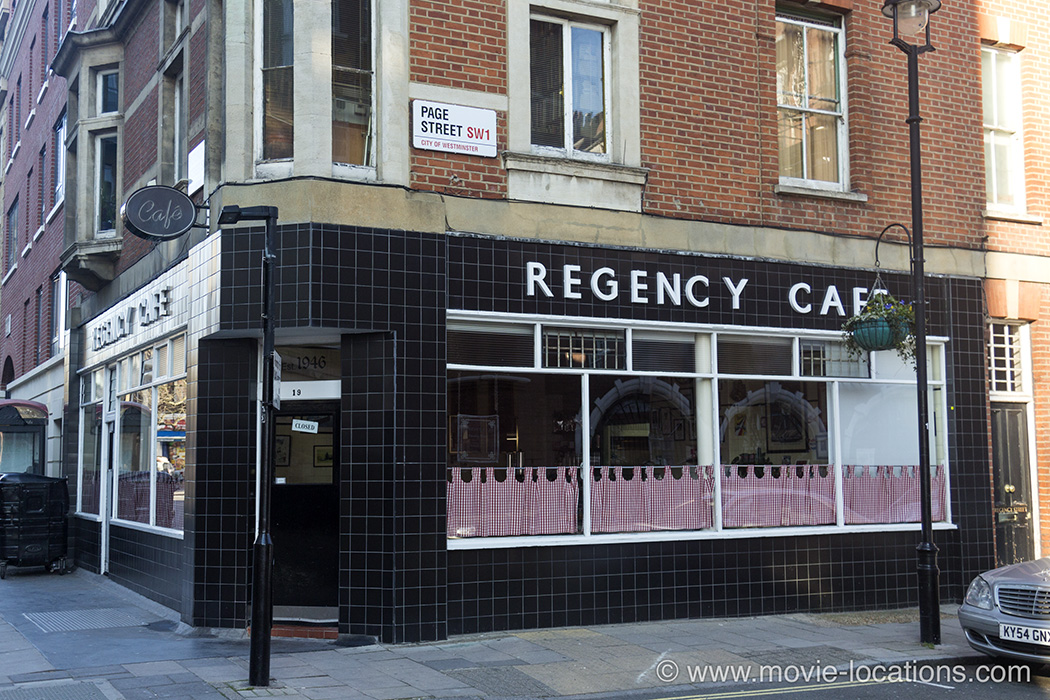

The best things in the novel are the evocation of that town, the closest seaside resort to London and the goal of so many day-trippers who came for the chance of sun, a dip on the pebbly beach, amusement on the piers, a flutter-at the races or with a stranger-and then home on the train.

One reason why Attenborough was so good in the part is his realization that Pinkie spread terror because he was himself so afraid. Pinkie Brown is supposed to be seventeen and, as we meet him in the book, he has “a shabby smart suit, the cloth too thin for much wear, a face of starved intensity, a kind of hideous and unnatural pride.” He is pathologically naïve or empty but he overawes grown men in the Brighton underworld because of his baby-faced danger, his malice, and his way with a razor-not that he yet needs to shave too often. It was a foolish moment, and it has nothing at all to do with the new film-but this film is full of things that have too little point or impact. The latter preferred motor bikes and dressed like Marlon Brando in The Wild One. The former were middle-class and educated they wore hip clothes and rode motor scooters. But now the novel has been re-made and shifted to 1964, when Brighton and the genteel south coast of England was beset by riots (tame by today’s standards) between Mods and Rockers. The novel was filmed in England in 1947, with a twenty-four-year-old Richard Attenborough giving one of the best performances of his life as the monstrous Pinkie Brown. The novel is dipped in cruelty, wrapped up in bogus debates over faith and guilt (the Roman kind), and it is about as entertaining as being trapped in a corner by a cobra and feeling you must stare it down to avoid the venomous strike.

Graham Greene published his novel Brighton Rock in 1938 and over the years he categorized it as one of his “entertainments.” Nobody should fall for that coyness.


 0 kommentar(er)
0 kommentar(er)
